1. Neutral Tones with a Purpose
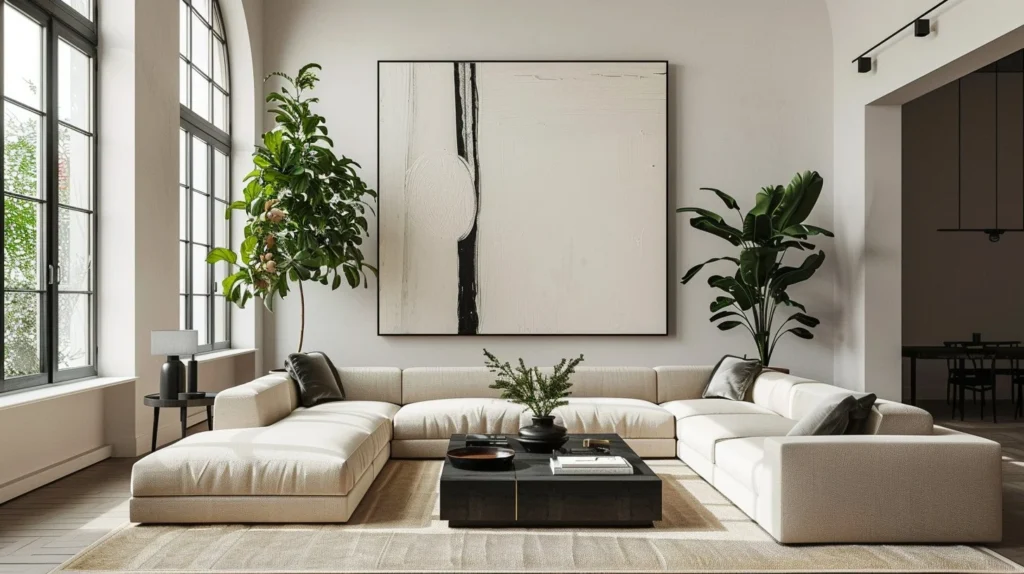
Minimalist homes are embracing neutral tones like soft beige, creamy whites, and subtle greys to create serene, timeless interiors. These colors evoke a sense of calm and provide a perfect backdrop for natural light, making rooms feel more open and inviting. The trend focuses on using fewer colors strategically, ensuring that every shade serves to enhance the overall aesthetic and mood of the space.
Apartment Therapy highlights that neutral palettes allow for seamless integration of various textures and materials. Think linen curtains, stone countertops, and wooden accents, all working harmoniously to add depth without overwhelming the eye. The result is a soothing environment that prioritizes comfort and simplicity while retaining a modern, polished look.
2. Multi-Functional Furniture
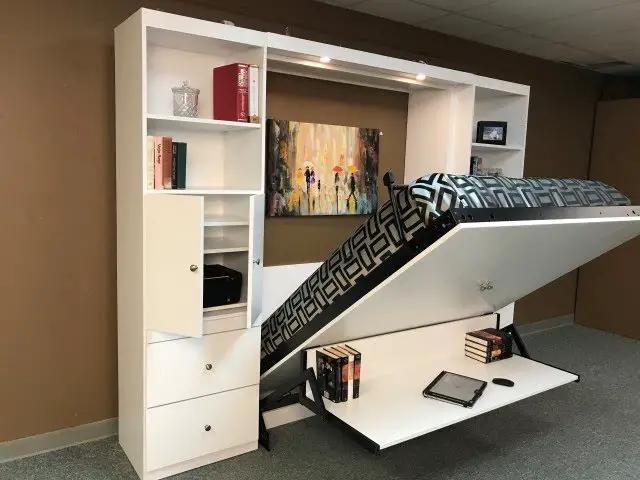
As homes prioritize function alongside aesthetics, multi-functional furniture is becoming a staple of minimalist spaces. Pieces like ottomans that double as storage, fold-out desks, and modular sofas provide flexibility while reducing clutter. These designs focus on maximizing usability within smaller footprints, allowing homeowners to do more with less.
Dezeen reports that this trend is particularly popular in urban settings, where space is at a premium. Modern multi-functional furniture doesn’t sacrifice style, with sleek, clean lines and neutral colors that blend seamlessly into minimalist interiors. This innovation caters to practicality while preserving the minimalist ethos of efficiency and simplicity.
3. Integrated Storage Solutions

Minimalist homes are adopting integrated storage solutions that keep spaces organized and free of visual distractions. Hidden cabinets, built-in shelves, and under-stair storage areas provide ample room to store belongings without disrupting the clean aesthetic. These systems ensure that every item has its place, supporting a clutter-free environment.
Good Housekeeping points out that integrated storage is designed to blend seamlessly into the architecture, often disguised as part of the wall or flooring. This approach allows homeowners to maintain a minimalist look without sacrificing functionality. By focusing on discreet yet accessible storage, minimalist homes achieve a balance of form and purpose.
4. Natural Materials Take Center Stage

Wood, stone, and organic textiles are becoming central to minimalist design, bringing warmth and authenticity to interiors. These materials create a connection to nature, adding character and texture without overwhelming the simplicity of the space. Unfinished or lightly treated surfaces are particularly popular, showcasing raw beauty and craftsmanship.
Architectural Digest notes that natural materials also align with sustainability goals, making them an eco-friendly choice for minimalist homes. They pair effortlessly with neutral color schemes and modern design elements, creating harmonious spaces that feel both grounded and refined. This trend is a testament to the enduring appeal of organic elegance in design.
5. Indoor-Outdoor Flow

Minimalist homes are increasingly blurring the lines between indoor and outdoor spaces, emphasizing harmony with the natural environment. Large windows, sliding glass doors, and open-plan layouts connect interiors with gardens, patios, and terraces, creating a seamless flow. This approach not only enhances the sense of space but also brings natural light and fresh air indoors.
According to Dwell, this trend extends to the choice of materials, with stone floors, wooden beams, and earthy tones tying together indoor and outdoor aesthetics. Plants are also playing a more prominent role, acting as living decor that reinforces the connection to nature. The result is a holistic design that promotes tranquility and well-being.
6. Tech-Free Zones

As technology becomes increasingly integrated into daily life, minimalist homes are carving out dedicated tech-free zones to foster relaxation and mindfulness. These spaces are free from screens and digital distractions, focusing instead on comfortable seating, soft lighting, and calming decor.
Well+Good emphasizes that tech-free zones encourage intentional living, providing a sanctuary for reading, meditating, or simply unwinding. By prioritizing mental health and well-being, these areas serve as a counterbalance to the fast-paced digital world. They reflect the minimalist philosophy of living purposefully and creating environments that nurture peace of mind.
7. Sustainable Minimalism
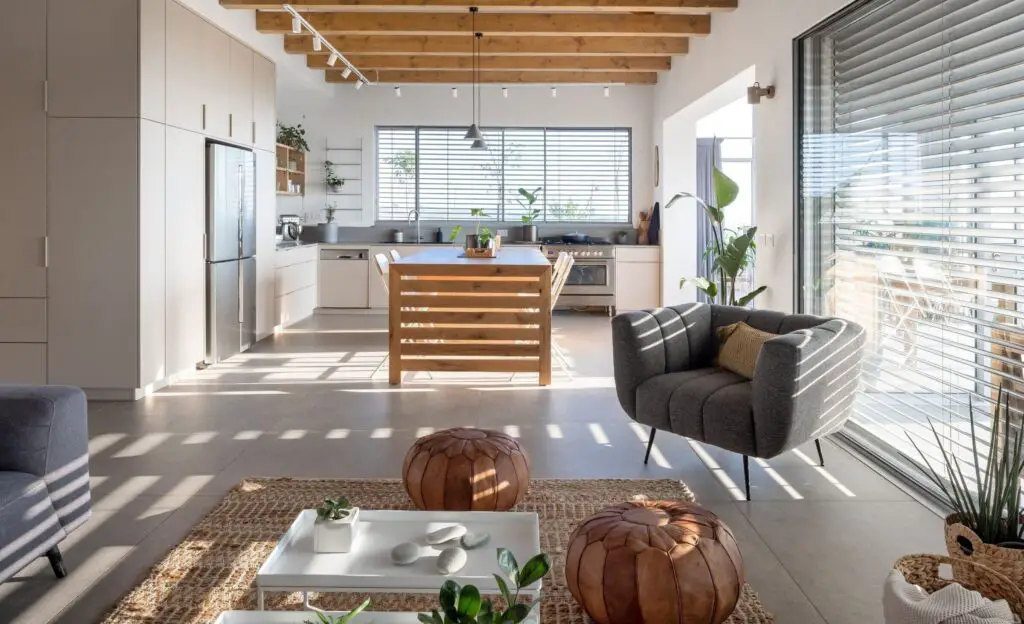
Minimalist homes are embracing sustainability, incorporating energy-efficient appliances, recycled materials, and solar-powered systems. This trend prioritizes thoughtful consumption, encouraging homeowners to invest in durable, high-quality items that reduce waste and environmental impact.
The Spruce highlights that sustainable minimalism isn’t just about eco-friendly materials—it’s also about adopting a mindset of less is more. By curating spaces with intention, homeowners can create interiors that are both beautiful and environmentally responsible. This shift represents a deeper commitment to ethical living and mindful design.
8. Hidden Technology
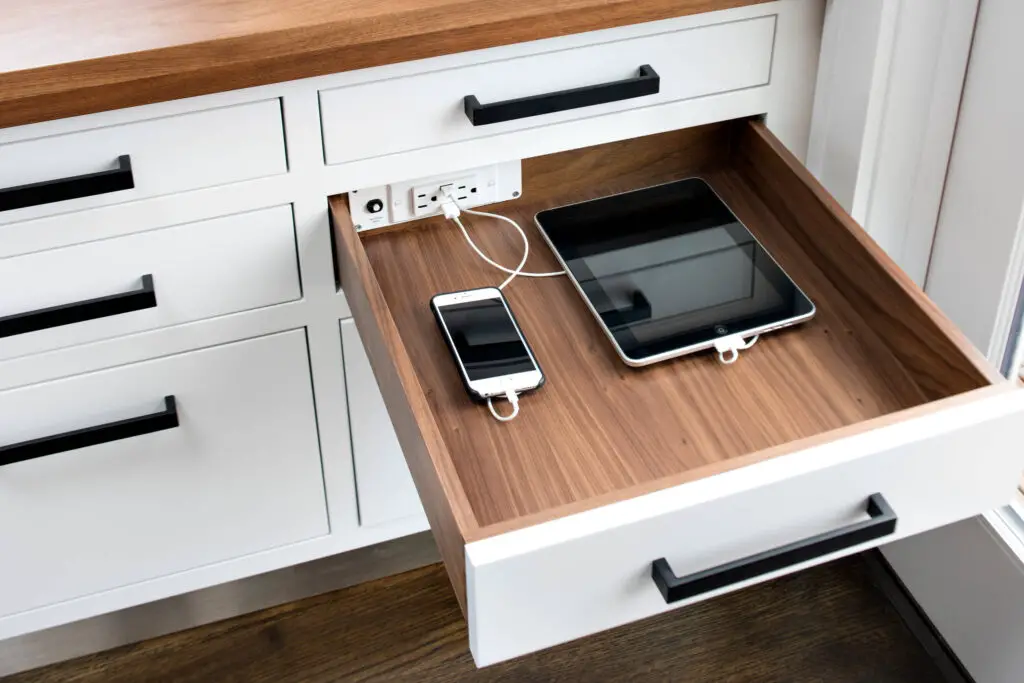
Technology in minimalist homes is becoming more discreet, blending seamlessly into the design rather than standing out. From recessed lighting to invisible sound systems and smart home controls, the emphasis is on functionality without visual clutter. These innovations ensure that technology enhances the home without detracting from its minimalist appeal.
TechRadar notes that hidden technology often includes integrated charging stations, voice-controlled systems, and appliances that blend into cabinetry. This approach allows for a clean, uninterrupted aesthetic while still offering cutting-edge convenience. It’s a perfect balance of form and function for the modern minimalist.
9. Minimalist Lighting Fixtures
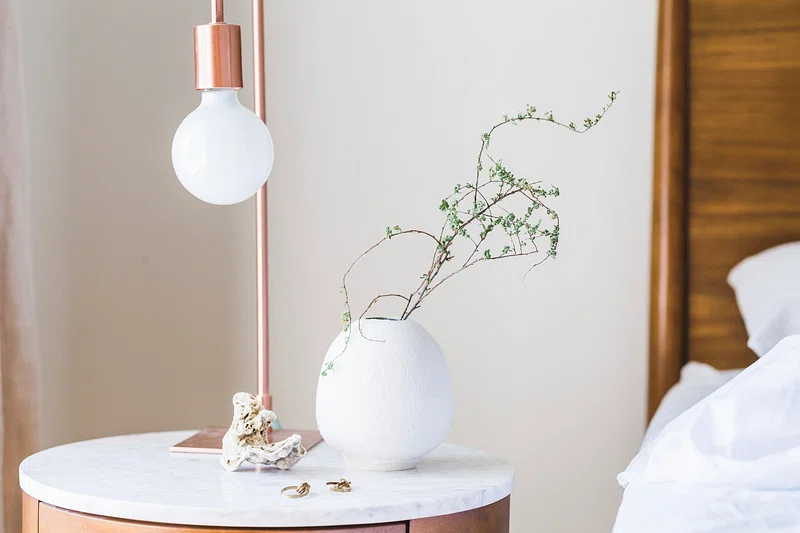
Lighting in minimalist homes focuses on simplicity and subtlety, with clean lines and understated designs. Pendant lights, recessed lighting, and LED strips are popular choices, providing illumination without overpowering the space. These fixtures often double as works of art, combining form and function seamlessly.
Elle Decor reports that minimalist lighting also emphasizes energy efficiency, with many designs featuring dimmable or smart bulbs. This not only reduces energy consumption but also allows homeowners to create the perfect ambiance for any occasion. By prioritizing simplicity and sustainability, minimalist lighting enhances both style and practicality.
10. Monochrome Accents
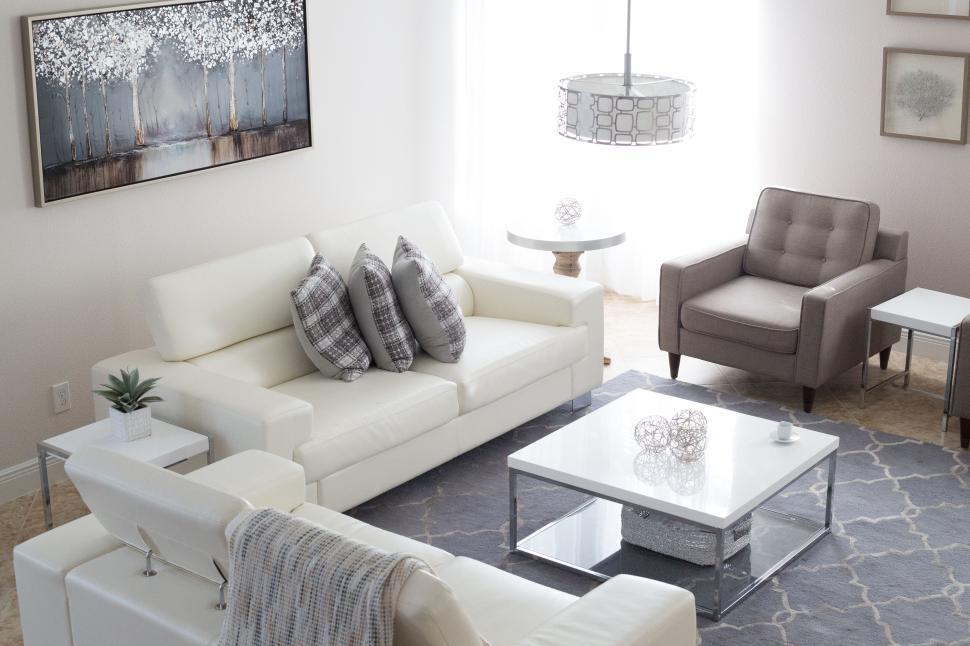
Minimalist homes are incorporating monochrome accents, such as black hardware, white furniture, and grey textiles, to add depth without complicating the color palette. These accents create visual interest while maintaining the clean, cohesive look that defines minimalist design.
House Beautiful points out that monochrome elements are versatile, working well in both modern and traditional minimalist spaces. They provide contrast and sophistication, proving that even the simplest details can have a significant impact. This trend exemplifies the power of subtlety in design.
11. Compact Living Solutions
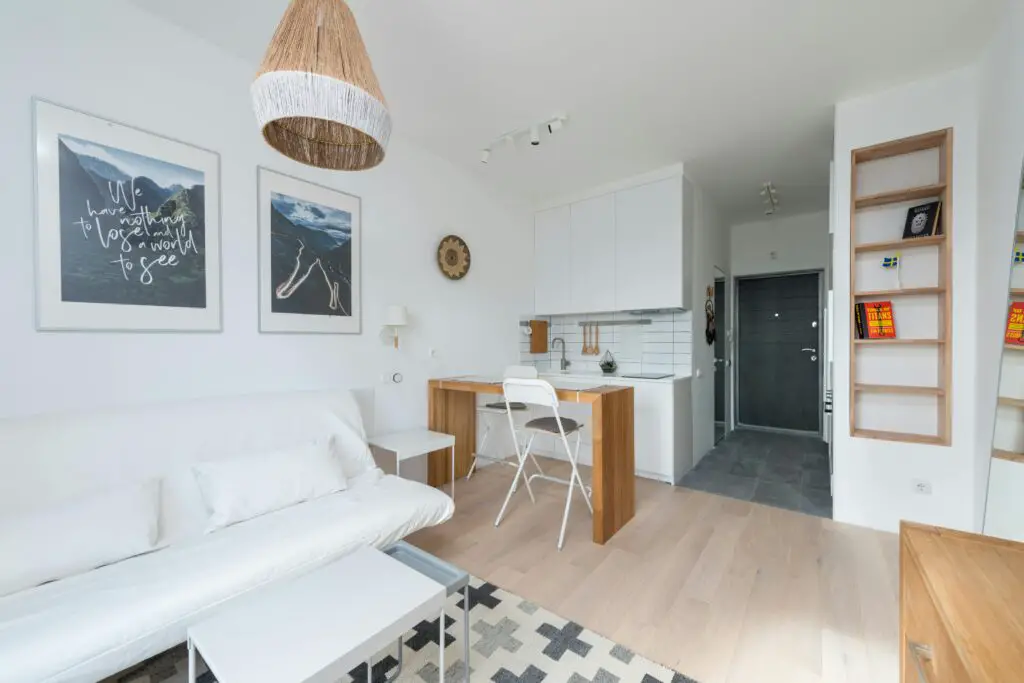
As urban areas continue to densify, minimalist homes are adopting compact living solutions to make the most of limited space. Convertible furniture, fold-away beds, and modular units are becoming increasingly popular, offering functionality without sacrificing style.
According to Curbed, compact living emphasizes smart design, ensuring that every square foot serves a purpose. By prioritizing quality over quantity, these spaces prove that smaller can be better when it comes to creating cozy, efficient homes. Compact living aligns perfectly with the minimalist ethos of intentional simplicity.
12. Open Shelving with Purpose

Minimalist homes are rethinking storage with open shelving that showcases carefully curated items. This trend combines functionality with aesthetics, allowing homeowners to display their favorite books, ceramics, or plants while keeping everything organized.
Real Simple notes that open shelving encourages intentional living, as it requires thoughtful selection of what to display. It’s a practical yet stylish solution that adds character to minimalist spaces without compromising the clean aesthetic. By blending utility with beauty, open shelving represents the perfect harmony of minimalist design.
13. Natural Light as a Design Element
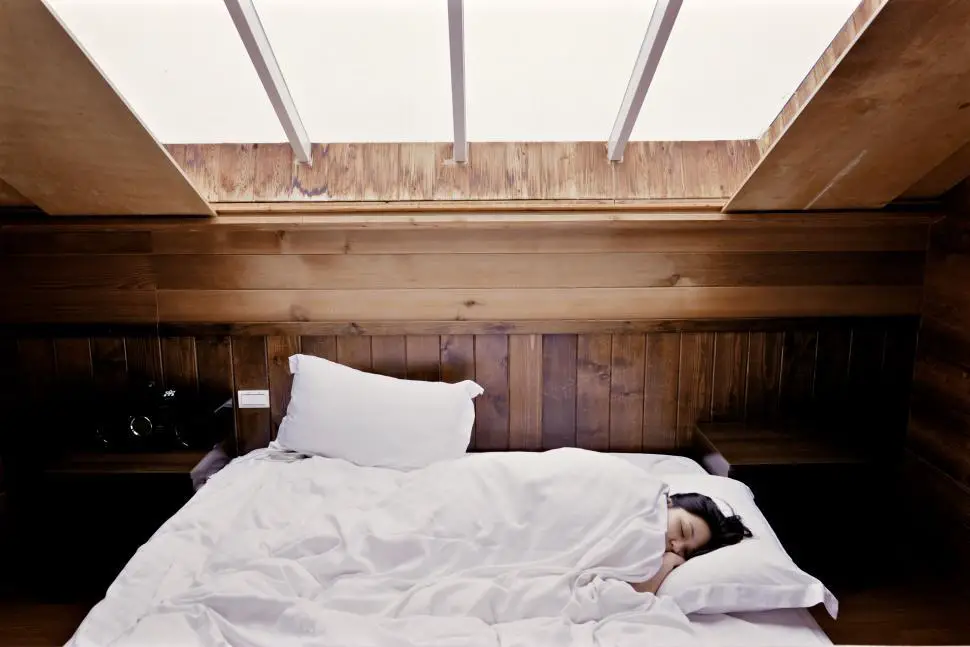
Maximizing natural light is a key trend in minimalist homes, with expansive windows, skylights, and glass doors taking center stage. These features not only brighten interiors but also create a stronger connection to the outdoors, enhancing the sense of openness.
Better Homes & Gardens highlights that natural light also reduces reliance on artificial lighting, making homes more energy-efficient. By prioritizing this element, minimalist designs achieve a balance of beauty, functionality, and sustainability. Natural light remains one of the simplest yet most impactful ways to elevate a home.
14. Customizable Minimalism

Minimalist homes are embracing customization, offering personalized solutions that cater to individual needs and tastes. From modular furniture to bespoke storage, this trend allows homeowners to create spaces that reflect their unique preferences while adhering to minimalist principles.
Domino emphasizes that customizable minimalism is about blending functionality with personal style, ensuring that each piece serves a purpose while adding to the overall aesthetic. This trend redefines minimalism as not just a design philosophy but a deeply personal approach to living.
